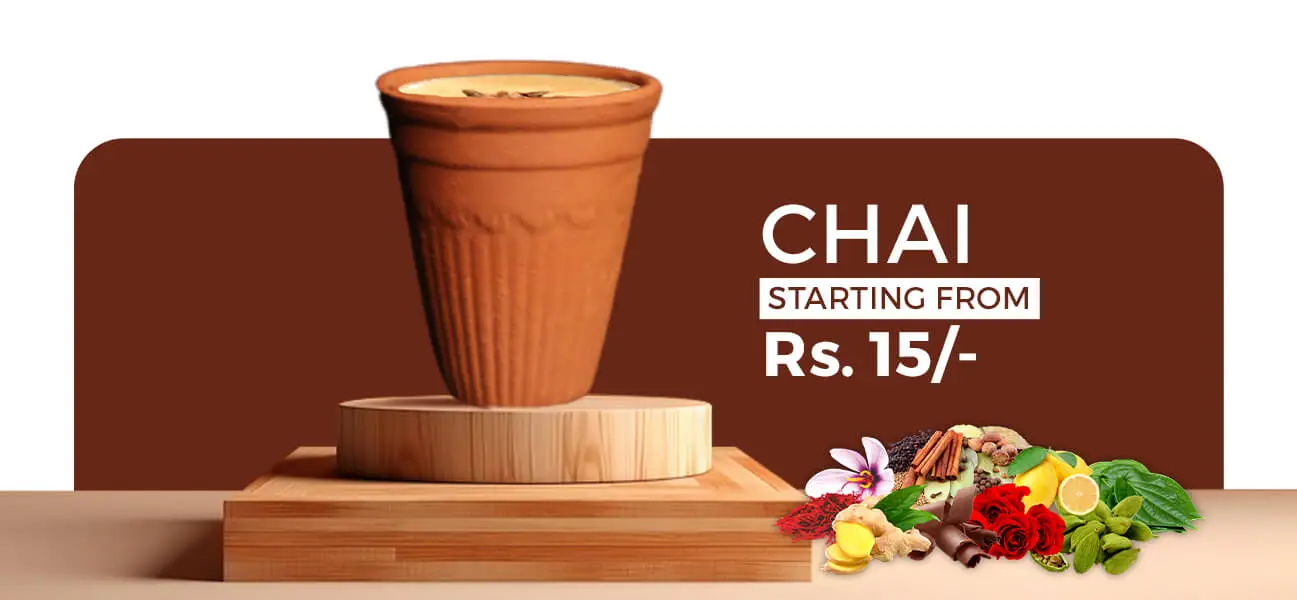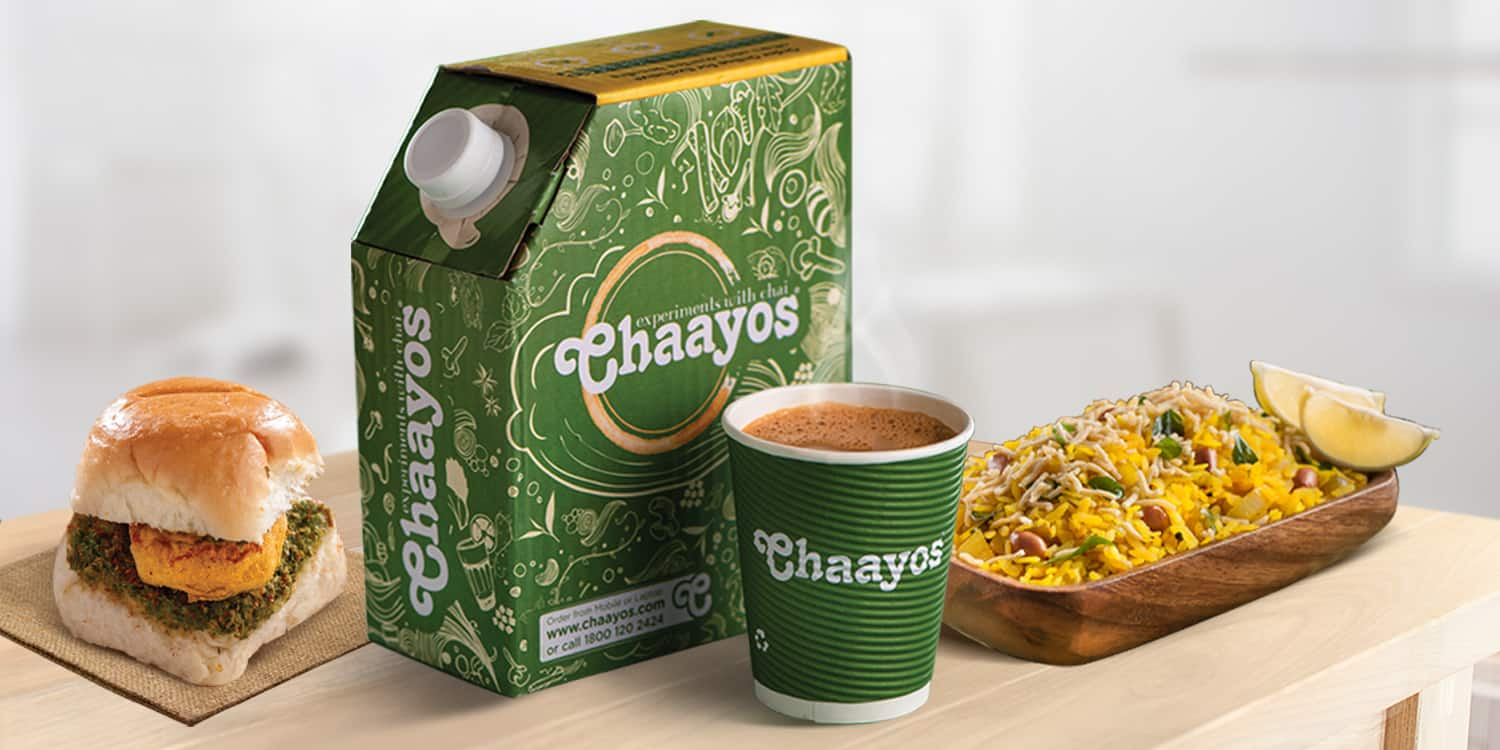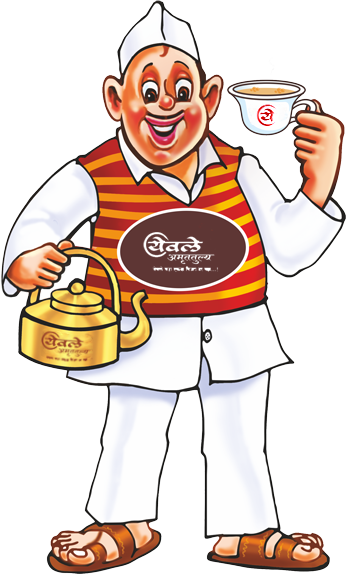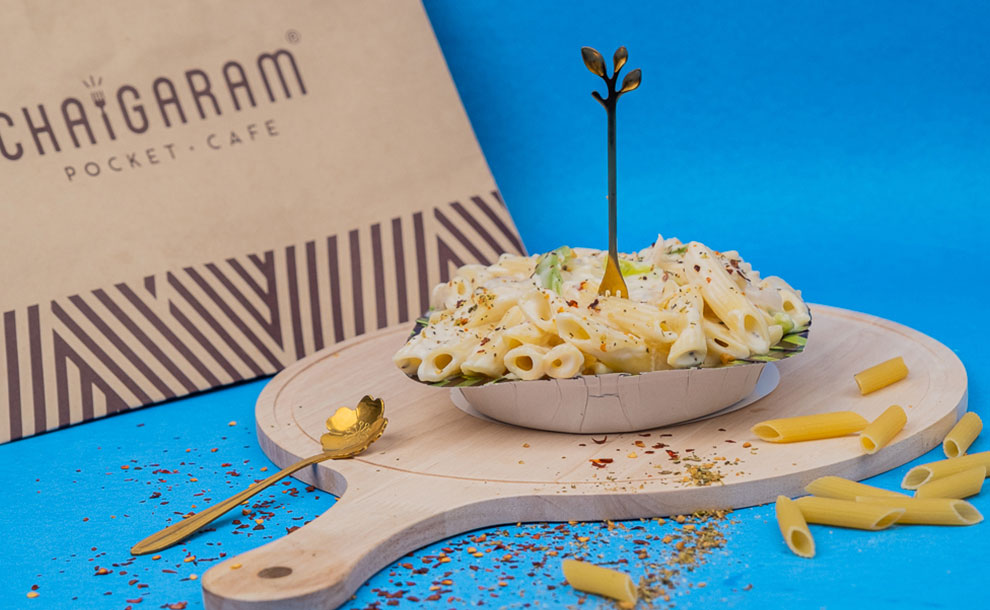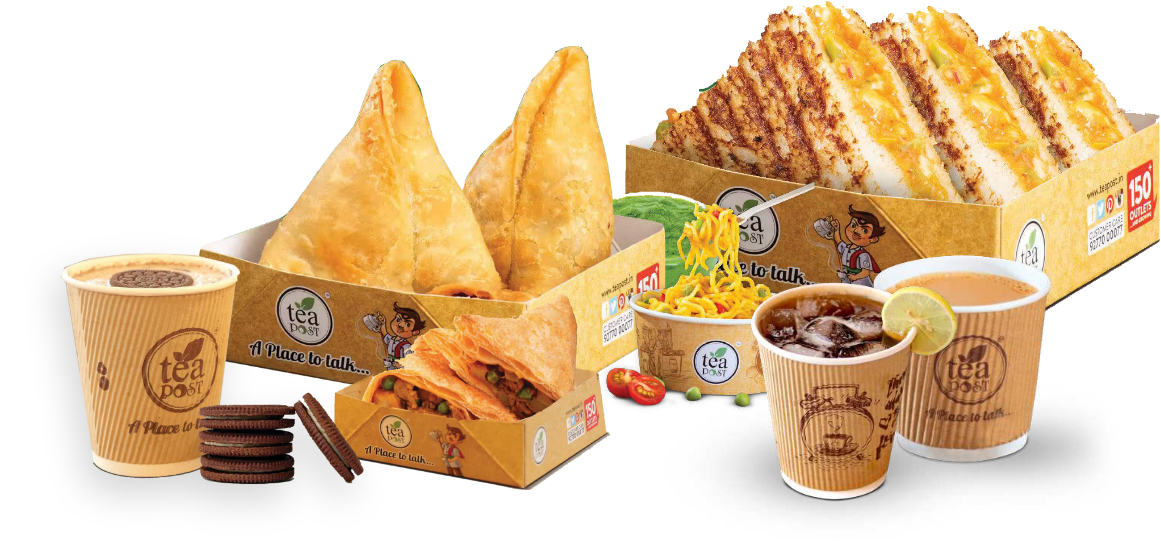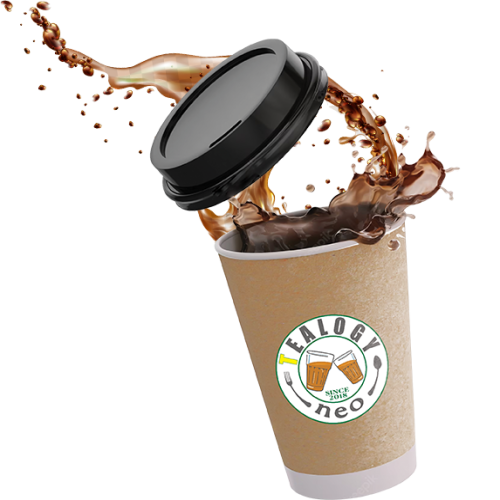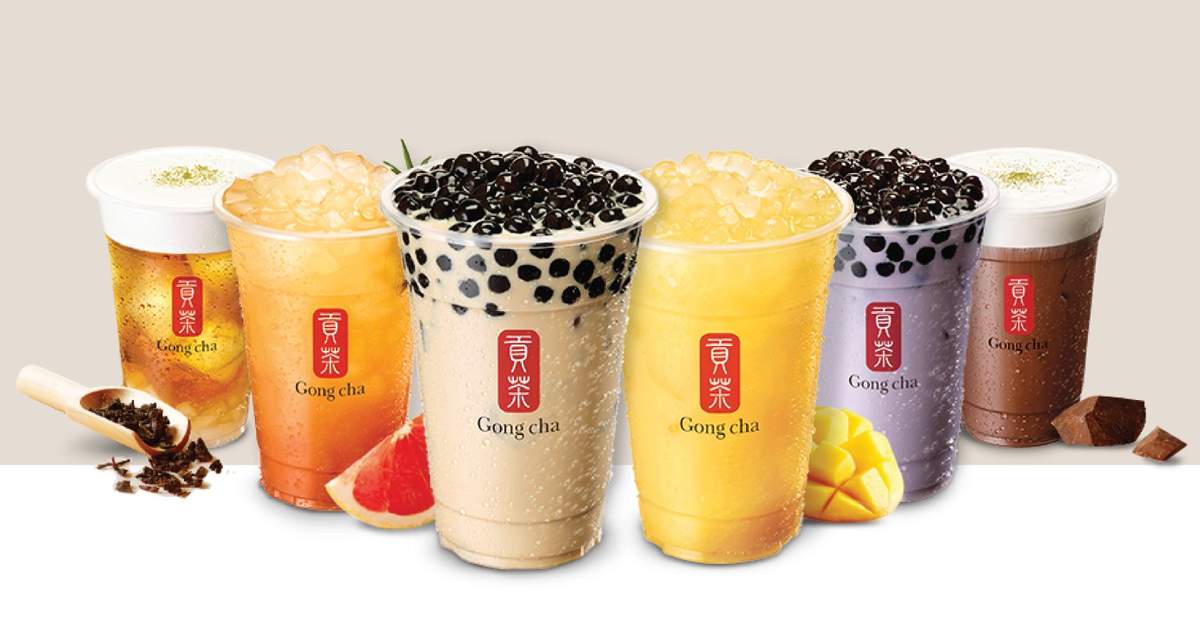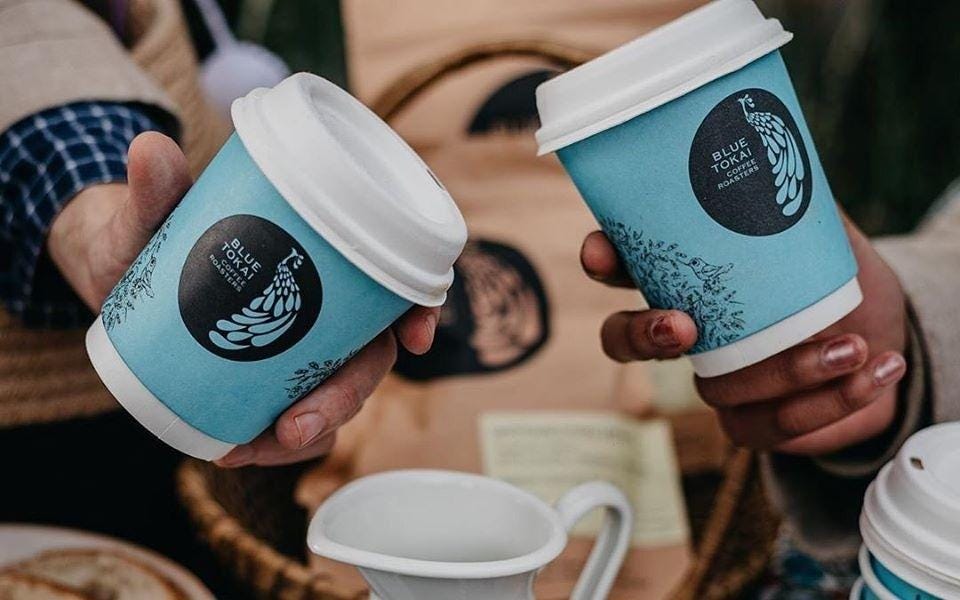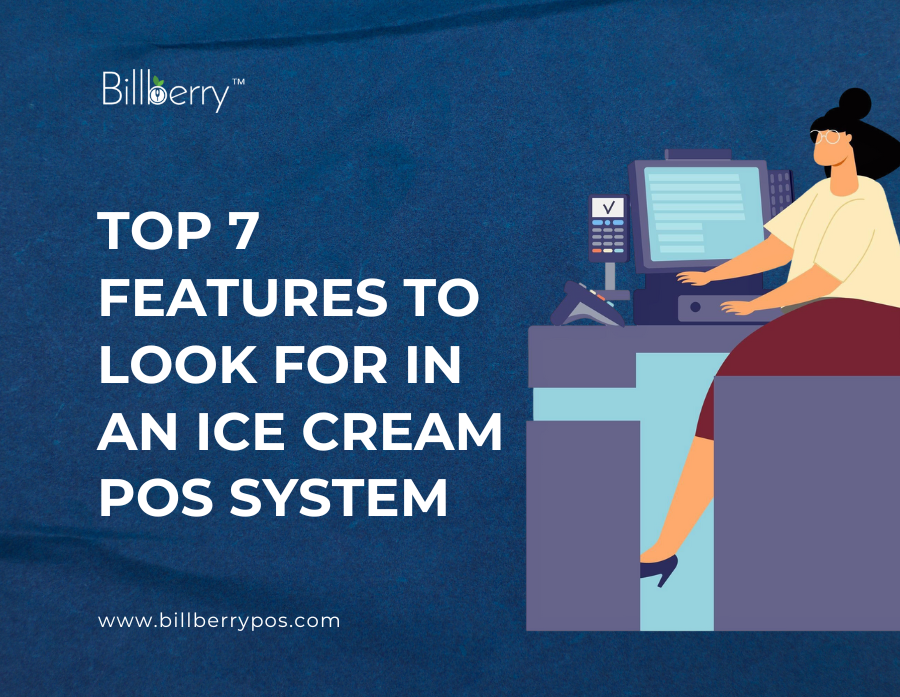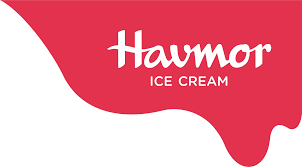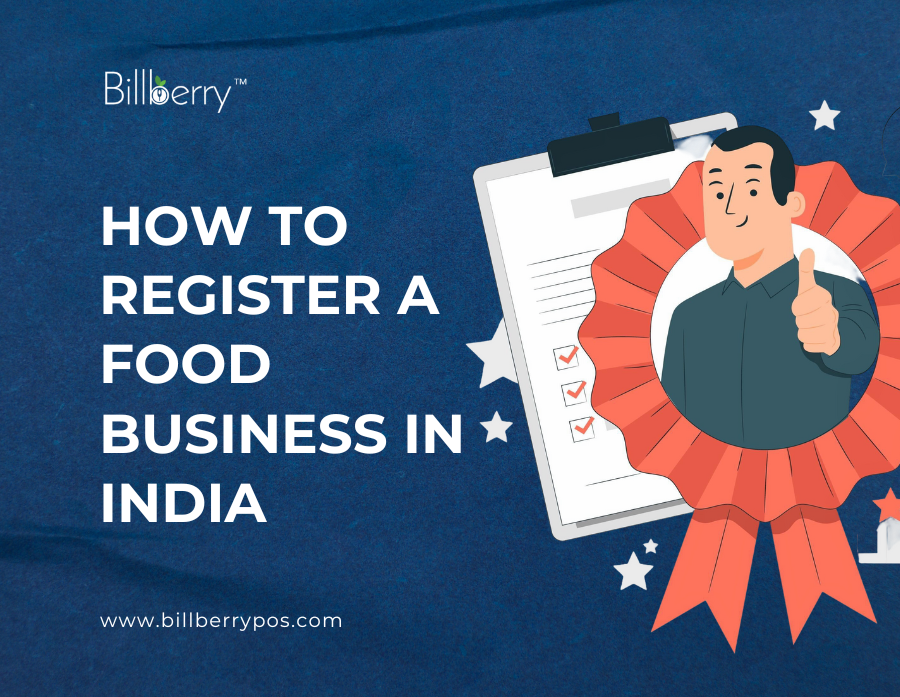India’s relationship with sweets isn’t just cultural, it’s emotional. From wedding laddoos to festival pedas and celebration barfis, mithai is the heartbeat of Indian joy. But behind every sweet lies a story, of legacy, craftsmanship, and evolving taste. In this blog, we dive deep into the top 10 sweets brands in India that are loved not just for their taste, but for their trust, innovation, and consistency.
1. Haldiram’s

Founded: 1937, Bikaner, Rajasthan
Signature Sweets: Soan Papdi, Kaju Katli, Rasgulla
Description:
What began as a small namkeen shop in Bikaner is now a global Indian food empire. Haldiram’s is synonymous with quality and innovation, consistently reinventing Indian sweets with better packaging, shelf life, and hygiene standards. It has over 80+ export destinations, making it one of India’s most internationally recognized brands. Whether you pick their mithai for a Diwali gift or a daily craving, Haldiram’s guarantees purity and premium taste.
2. Bikanervala
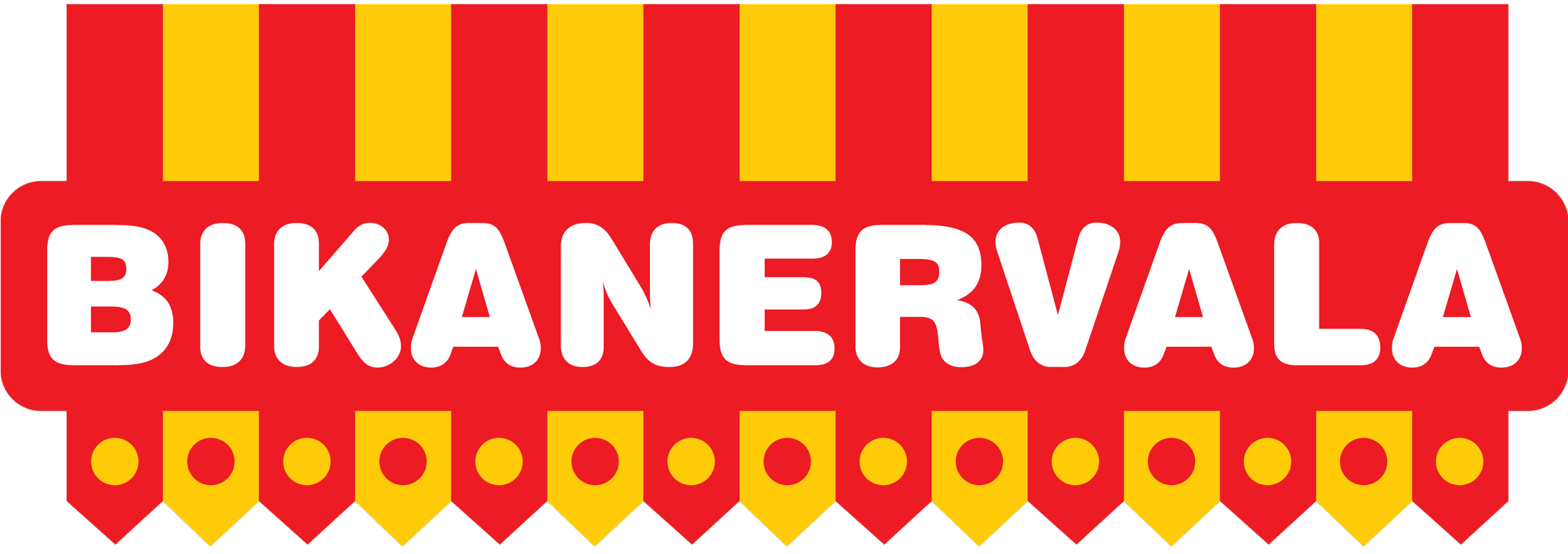
Founded: 1950, Delhi (with roots in Bikaner)
Signature Sweets: Rasgulla, Kaju Roll, Ghewar
Description:
Blending tradition with hospitality, Bikanervala evolved from a humble sweet shop to a culinary institution. Their sweets, rich in desi ghee and crafted from age-old recipes, have found fans across generations. With an in-house brand Bikano offering packaged sweets and snacks, Bikanervala continues to maintain high standards while scaling globally.
3. K.C. Das

Founded: 1930, Kolkata
Signature Sweets: Rasgulla, Rossomalai
Description:
The story of India’s most iconic dessert, Rasgulla, starts with K.C. Das. Credited with inventing and canning the rasgulla, this heritage Bengali sweet house has become an emotion for sweet lovers. Preserving purity and artisanal techniques, K.C. Das remains a culinary legend from East India, admired for its old-world charm and uncompromised quality.
4. Sri Krishna Sweets

Founded: 1948, Coimbatore
Signature Sweets: Mysurpa, Badam Halwa
Description:
If Tamil Nadu had a sweet ambassador, it would be Sri Krishna Sweets. Their signature Mysurpa, a soft, ghee-rich melt-in-the-mouth dessert, is loved across the globe. Known for keeping their offerings 100% vegetarian, fresh, and authentic, Sri Krishna Sweets has expanded its empire to the UAE, bringing South Indian tradition to international foodies.
5. Chitale Bandhu Mithaiwale

Founded:1950, Pune
Signature Sweets: Bhakarwadi, Besan Ladoo, Peda
Description:
Representing Maharashtra’s snack and sweet culture, Chitale Bandhu is a household name in Western India. Their Bhakarwadi is a cult classic, while their laddoos and pedas are equally revered. Known for automated production with a focus on hygiene and standardization, they bridge traditional taste with modern efficiency.
6. Adyar Ananda Bhavan (A2B)
Founded: 1980s, Chennai
Signature Sweets: Mysurpa, Badam Burfi
Description:
With over 150 outlets across India and abroad, A2B is not just a sweet shop but a full-fledged South Indian vegetarian food brand. Their sweets are made with pure ghee and authentic ingredients, offering a perfect balance of texture and taste. Their loyal customer base swears by A2B’s freshness, hygiene, and consistent flavor.
7. MTR Foods

Founded: 1924, Bengaluru
Signature Sweets: Ready-to-eat Payasam, Gulab Jamun
Description:
More than just a brand, MTR is a pioneer in South Indian culinary convenience. Their ready-to-eat sweets allow urban consumers to enjoy traditional desserts without compromise. Whether it’s a quick Payasam on a busy evening or Gulab Jamuns for a spontaneous celebration, MTR brings the flavor of tradition to modern lifestyles.
8. Mohanlal S Mithaiwala

Founded: 1930s, Mumbai
Signature Sweets: Anjeer Barfi, Malai Sandwich, Dry Fruit Ladoo
Description:
With over 90 years of sweet-making legacy, Mohanlal S Mithaiwala is a premium sweets brand based in Mumbai. Known for luxurious packaging and rich, dry fruit-laden sweets, they are a favorite for weddings, corporate gifting, and premium festivals. Their commitment to high-quality ingredients and exquisite taste makes them a leader in the elite mithai segment.
9. Madhvi Sweets

Founded: Gujarat, India
Signature Sweets: Kesar Kaju Katli, Anjeer Roll, Mewa Ladoo
Description:
One of Gujarat’s finest traditional sweet shops, Madhvi Sweets is famed for its authentic flavors, pure ingredients, and ghee-based delicacies. Their sweets are beautifully packaged, making them ideal for festive gifting. With a loyal customer base in Gujarat and among NRIs, Madhvi stands tall as a symbol of heritage with hygiene.
10. Kandoi Bhogilal Mulchand
Founded: Over 150 years ago, Ahmedabad
Signature Sweets: Mohanthal, Kesar Penda, Kaju Katli
Description:
A true custodian of Gujarat’s sweet heritage, Kandoi is over a century old. Still rooted in traditional recipes and handmade techniques, Kandoi is a favorite for Gujarati weddings, religious offerings, and gifting. Their shops often have queues during festivals, with locals and expats swearing by the taste of nostalgia.
Considering a Sweets Franchise? Don’t Forget the Right POS
While franchise seekers focus on investment, branding, and location, operational efficiency is often overlooked, yet it’s key to long-term success. Many top-performing franchise outlets now use Billberry’s Sweet Shop POS, a tailor-made solution that streamlines daily operations, reduces manual errors, and supports multi-branch billing and reporting.
Whether it’s Diwali rush or wedding season chaos, Billberry keeps your sales flowing and your customers smiling. A smart POS is no longer optional, it’s essential. BOOK A FREE DEMO for BillBerry’s Sweet Shop POS!
Also read: Sweet Shop Business Plan
Which Sweets Brands Give Franchise in India?
As discussed above about the top 10 sweets brands in India, lets explore their franchises. In today’s fast-paced and brand-driven food culture, Indian consumers are not just buying sweets, they’re buying trust, hygiene, and consistency. This is one reason why sweet shop franchises in India are booming. Whether it’s for daily indulgence, festive gifting, or special occasions, customers now prefer recognized sweet brands over unbranded local shops.
This growing demand has led to a noticeable trend:
Top 10 sweets brands in India are expanding via franchise models.
And that leads to one of the most commonly searched questions on Google: “Which sweets brand gives franchise in India?”
Let’s dive into the brands that do, and why this matters to customers.
If you’re considering opening a sweet shop franchise and are wondering about the investment involved, here’s an overview of the costs associated with the top brands:
Haldiram’s
The investment for a Haldiram’s franchise typically starts at ₹1.5 crore and can go up to ₹5 crore or more, depending on the location and size of the outlet. Haldiram’s prefers a master franchise model, which requires a substantial investment and is generally available in larger markets.
Bikanervala
A Bikanervala franchise requires an investment ranging from ₹1 crore to ₹2.5 crore. This includes the setup of both a restaurant and a sweets outlet. Bikanervala provides detailed support in terms of interior design, supply chain logistics, and marketing.
Sri Krishna Sweets
The investment for Sri Krishna Sweets is more affordable, generally between ₹25 lakhs and ₹60 lakhs. This brand is focused on expanding within South India and internationally, making it an attractive option for those looking to tap into the regional demand for South Indian sweets.
Adyar Ananda Bhavan (A2B)
Opening an A2B franchise can cost anywhere between ₹50 lakhs to ₹1.5 crore. The brand is selective about its franchisees, offering a full-service restaurant and sweets outlet experience. Locations are often chosen based on the city’s foot traffic and potential customer base.
Chitale Bandhu Mithaiwale
The investment for a Chitale Bandhu franchise ranges from ₹30 lakhs to ₹80 lakhs. Some areas offer distribution and retail models, while others allow full-fledged franchises. The brand is selective and prefers well-established locations for its outlets.
Mohanlal S Mithaiwala
For those looking to set up a premium sweet shop, the investment for a Mohanlal S Mithaiwala franchise generally falls between ₹40 lakhs and ₹90 lakhs. This brand focuses on high-end sweets and is ideal for Tier 1 and Tier 2 cities.
Madhvi Sweets
Madhvi Sweets offers an emerging opportunity with a relatively lower investment requirement, typically ranging from ₹20 lakhs to ₹50 lakhs. The brand is gaining popularity, particularly in Gujarat, and is now beginning to expand its franchise network in select markets, including those with significant NRI communities.
Key Takeaway:
Investing in a sweets franchise offers the chance to capitalize on a booming industry, but the required capital can vary greatly based on the brand and location. Brands like Haldiram’s and Bikanervala demand higher investments due to their national reach, while emerging names like Madhvi Sweets provide more accessible options for regional growth.
If you’re considering a franchise, make sure to evaluate the investment costs, brand recognition, and market potential to choose the right fit for your business goals.
India’s Sweet Legacy Is in Good Hands
From time-tested recipes to new-age packaging, these brands are more than just sweet makers, they are guardians of India’s culinary soul. Whether you’re shopping for Diwali, Raksha Bandhan, a wedding, or simply indulging yourself, these top 10 brands offer authenticity, quality, and a taste of home.
So, next time you’re picking up mithai, don’t just buy sweets, buy from a legacy.
Behind Every Great Sweet Shop is Smarter POS
From tracking which laddoo sells fastest to knowing when to restock kaju katli, insights drive growth. Billberry’s Sweet Shop POS turns everyday transactions into valuable analytics, helping owners make data-backed decisions.
Want to introduce loyalty points for repeat buyers? Run festive combo offers? Track sales across cities? Billberry’s got it covered. It’s trusted by hundreds of Indian sweet businesses to modernize tradition, one invoice at a time.












